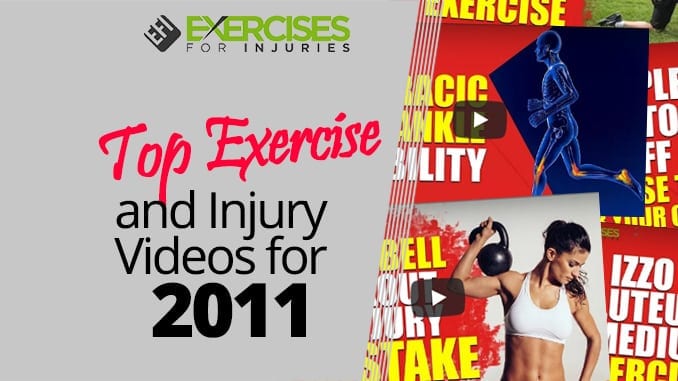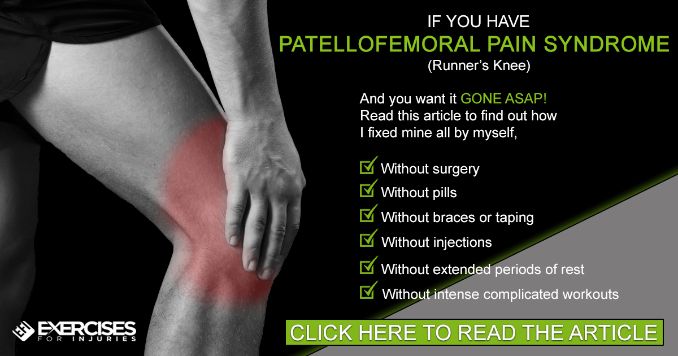
Anyone may be injured during an exercise, regardless of their degree of fitness or expertise.
Because of these precautionary measures, you may significantly reduce your chance of injury.
Preventing Workout Injuries
You may take a few basic actions to avoid being injured when working out. However, keep in mind the following basic guideline. Consult your doctor before beginning an exercise regimen if you are a woman over 55. n As a result, you’ll know that your body is ready for physical exertion. A male over 45, or anybody with a medical issue, may expect the same results.
Here are some pointers to help you stay injury-free when working out:
It’s essential to complete a warm-up and a cool-down before working out.
When your body has warmed up, you’re ready to work out. To begin with, it raises the heart rate and loosens your joints and muscles.
Do some Stretch.
Before and after your workout, use dynamic stretching to increase flexibility and range of motion. As a result, you will be more adaptable. According to research, stretching after warming up and cooling down may help avoid injury.
Take it easy.
Slowly increase the intensity of your workouts as you become used to them. Then, progressively increase your workout routine’s intensity, length, and frequency.
Make sure you don’t put yourself under too much pressure. You’ll be able to push yourself more challenging as your fitness improves.
Change up your routine.
A muscular group should not be overworked. Overuse and repetitive-use ailments, such as shin splints and tendinitis, may result from repeatedly performing the same muscle actions.
Know where your weak points are.
Focus on certain ailment areas as you work out. For knee arthritis, for example, strengthening exercises are a must. However, avoid doing workouts that cause pain. You should consult your doctor. And don’t forget to take it easy at first.
Let your body speak to you.
The “no pain, no gain” mentality might put you at risk of suffering an injury as a result. You don’t have to endure any discomfort when going out. Keep the light of your efforts and avoid overexerting yourself. You may be hurt if you’re experiencing pain. Put an end to your training and take some time off.
Take care of your body by providing it with the nutrients it needs.
Make sure to drink lots of water while working out and afterward. Drink roughly 17 to 20 ounces of water two or three hours before you begin your workout. If you follow this general guideline, you should drink at least this much water:
- 20 to 30 minutes before working out, drink 8 ounces of water.
- Eight ounces of water within 30 minutes of your workout’s conclusion. A serving of 8 ounces should be had every 10 to 20 minutes while working out.
Keep your body’s energy. Supply consistently by eating small meals or snacks every 2 to 3 hours. Refuel with a high-carbohydrate, high-protein snack after your exercise to keep your energy levels high.
A trainer can help.
Consult with a trainer before beginning a weightlifting or fitness regimen. They may instruct you on the proper form for working out. Your trainer will assist you in developing an exercise regimen that is safe and effective.
Make an excellent first impression.
Make sure you have the right equipment for your exercise. If you’re a runner, ensure your running shoes are comfortable and well-fitting. Always wear a helmet if you ride a motorcycle.
Recharge your batteries by taking a day or two off each week to relax.
Between exercises, your body needs a day to rest and repair itself. It may assist in reducing the likelihood of accidents occurring.
Top Injury Videos for 2011
The Exercises for Injury Videos videos are one of the things I’ve been working on for EFI. As of this writing, I’ve uploaded over 200 videos on YouTube.
I wanted to look back at some of the most popular videos on the EFI YouTube channel this year.
Here are the most popular ones, in that order.
10. Simple Gluteus Medius Exercise
If you had a hip replacement, your quadriceps and calves might have been altered. Gluteus medius muscles are tricky to activate if you have a hip replacement and restricted abduction since they are placed on the front and rear of both legs.
9. Kettlebell Technique Mistake
Many individuals begin their fitness journey with kettlebells to see results quickly. However, novices are prone to making errors that result in damage. To prevent this, familiarity with the fundamentals of kettlebell training and some of the tools’ operations is required. You risk injuring yourself if you don’t know what you’re doing with a kettlebell before you start.
8. Bill Hartman on Hip and Ankle Mobility
It’s time to take a breather and get our bodies back in shape after two exhausting days. It’s not just about pushing yourself to the limit; it might backfire in the long run. The “big three” of the human body are the ankle, hip, and thoracic spine.
7. Simple Rotator Cuff Exercise Tool
The ball and socket joint that joins the upper arm’s humerus to the shoulder’s blade is known as the shoulder. The rotator cuff is made up of four muscles that link to the bones of the shoulder joint. Preventing injuries to the shoulder rotator cuff may be achieved by doing specific workouts.
6. Importance of Strengthening Psoas
When it comes to a person’s overall health, the hip flexor is an essential muscle. Its purpose is to assist you in maintaining your upright position, whether walking, jogging, sitting, or lying down. As a result, strengthening your hip flexors as a part of a regular exercise regimen is critical to maintaining a stable pelvis
5. Foam Roller Exercises for the Piriformis Muscle
Foam rolling the piriformis is easy with the foam roller. Piriformis syndrome sufferers might consider it as one of my recommendations. Self-massage of the piriformis with foam rolling is beneficial in addressing any piriformis trigger points.
4. Mike Robertson on Hip and Pelvic Muscle Imbalances
Misalignment of the pelvis and the SI joint, inappropriate loading, and muscular imbalances lead to pelvic region disorders. Gluteal muscles, deep back stabilizing muscles (transverse abdominus and multifidus), hip flexors, and internal and external rotation muscles are often underdeveloped in muscular imbalances.
3. Eric Cressey versus Mike Boyle
Squats are a calorie-burning exercise that may aid in weight loss. They also lessen the likelihood of knee and ankle injuries. Leg muscles’ tendons, bones, and ligaments are strengthened due to regular exercise.
2. Scapular Stabilization Exercise – Scapular Clock
The shoulder injury might take longer if strength training is done too often. The scapular stabilizer muscles must be activated, built up in endurance, and strengthened before strengthening the shoulder. It will significantly accelerate the healing time after a shoulder injury, reducing the risk of re-injury.
1. An Exercise for Patellofemoral Pain Syndrome
Strengthening your Patellofemoral Syndrome is vital but not enough. Reduce knee stress. Hit the items surrounding your knee that cause Patellofemoral Syndrome. Plus, many Patellofemoral Syndrome strengthening routines don’t target the right knee.
That’s all.
It’s been an excellent year for EFI and a good year for the EFI YouTube channel.
In 2012, I hoped to add even more videos.
Rick Kaselj, MS

